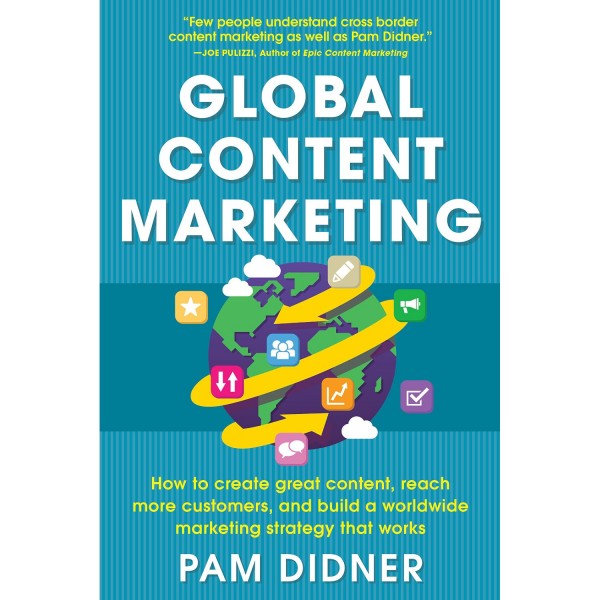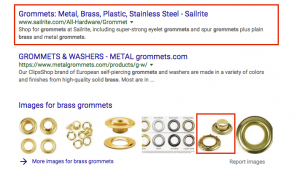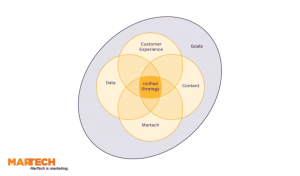By Rachel Foster, Published November 10, 2014

Much has been written on content marketing.
However, there’s not a lot of information for marketers who need to scale their content across regions.
Pam Didner’s new book, “Global Content Marketing,” fills this gap.
The book defines global content marketing as “the process of developing and sharing relevant, valuable and engaging content with target audiences across countries with the goal of acquiring new customers or increasing business from existing customers globally”.
The book outlines the four P’s for global content marketing – plan, produce, promote and perfect. These four P’s serve as a guide to help you do everything from creating a content marketing strategy to optimizing your content for better results.
Here are five tips from the book that will help you produce successful content for all your global audiences:
1. Focus on your website.
Since your website is your hub, it contains all your key content. For this reason, you should focus on auditing your website’s content over your paid media, social and third-party content. “It may be important to know what content has been promoted or syndicated on other sites, but it’s hard to gather content lists from external third-party sites,” says Didner. “It’s even harder to get content performance from these external sites.”
2. Map your content to key personas.
Didner recommends creating global personas and deciding which ones to target. Mapping your content to specific personas will keep your global content production teams on track and help them see what’s coming. You can also map your content to specific products. However, it’s more important to help your key personas than discuss your products.
3. How you format your content is irrelevant to the purchase journey.
Some marketers align their content formats with each stage of the sales cycle. For example, they only produce white papers for leads who are in the awareness stage. However, Didner states, “The way to map content to the purchase cycle is to ensure you deliver the appropriate information to your target customers at each stage, not by content format or type.” Therefore, a customer in the evaluation stage will view a white paper if it is relevant.
4. Your word choices matter.
The words you use have the power to motivate your target audience. Didner states, “The words you choose will channel your audience’s emotion and influence their decision-making process.” She recommends understanding which words resonate with your target audience based on their challenges, pains and needs. When you’re marketing to global audiences, you might need to localize your content so it resonates with each audience.
5. You need both curated and original content.
Didner recommends using original content during the ‘create’ stage and a mix of curated and original content in the ‘promote’ stage. Original content is best for improving your SEO and driving social shares. However, curating content is a quick and low-cost way to enhance your thought leadership and engage your audience. Your local teams can curate content, as they are the most likely to know what will resonate with their local audiences.
Each chapter of the book also contains tips specific to enterprise marketing managers, small businesses and marketing agencies/consultants. To learn more, check out “Global Content Marketing”.
Next steps to apply this information:
1. Read “10 Steps to an Effective B2B Content Marketing Strategy“. Marketers who document their content marketing strategy achieve better results with their content marketing.
2. Download Content Marketing Quick Fixes to learn 10 things you can do improve your B2B content.
3. Click to share this article on Linkedin. Sharing quality content increases your visibility and credibility with your existing contacts, creating conversations and potentially new business.
Business Articles | Business 2 Community
(332)








